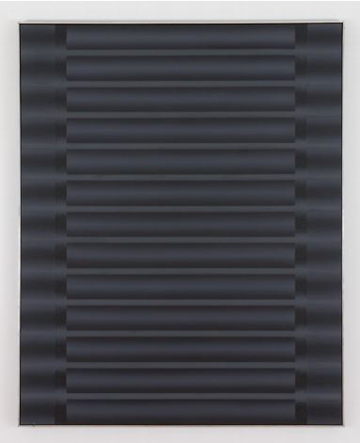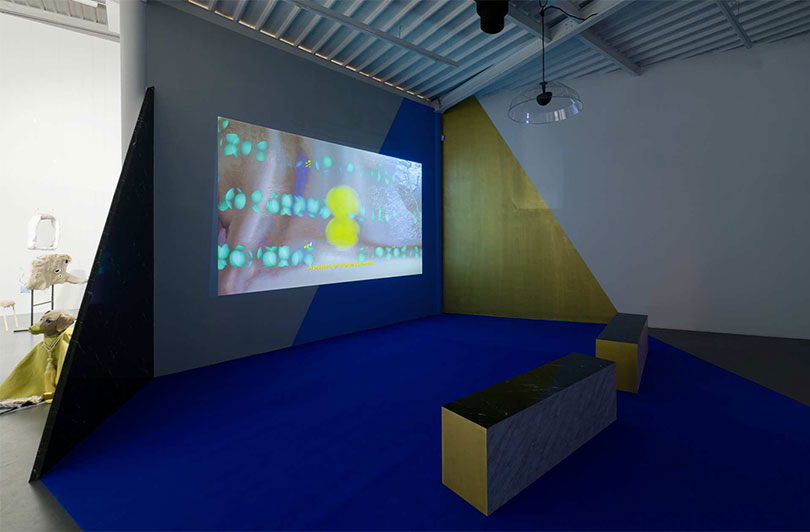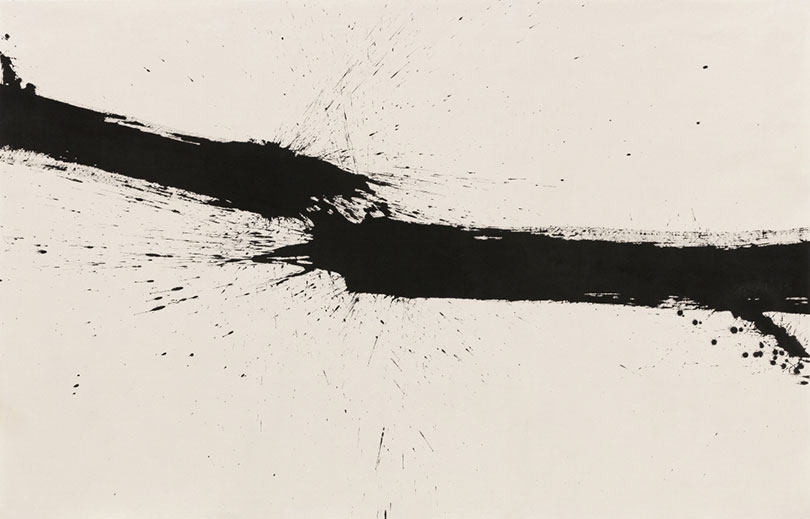
Venue: Perrotin, Hong Kong
Perrotin Hong Kong is pleased to present Lee Seung-Jio’s first solo exhibition in Hong Kong, Nucleus.
Born in 1941 in Yongcheon, a village in North Pyeong-An Province, Lee studied painting at Hongik University in Seoul and came to be known as “the pipe artist” or “the nucleus artist,” nicknames given by the first generation of art critics in Korea such as Lee Yil and Oh Kwang-Su. Nucleus is the title he gave to all the paintings he produced from his debut in 1963 until his death in 1990. He subtitled each painting according to its production year and sequence number, in a manner similar to Dansaekhwa artists.
While he shared with his contemporaries an interest in abstraction, what particularly characterizes his paintings between the late 1960s and the mid-1970s, is his use of optical illusions to create tensional balance between two-dimensional flatness and three-dimensional illusion. This distinguishes Lee not only from his fellow Origin artists but also from Dansaekhwa artists such as Park Seo-Bo, Chung Sang-Hwa, Yun Hyong-Keun, Chung Chang-Sup, and Kwon Young-Woo.
Lee’s paintings expose the reduction of abstract painting, highlighting flatness while at the same time giving a sense of visual and psychological tension to the nonrepresentational—accomplished through his use of vertical, horizontal, and diagonal bands and pipes. In other words, although Lee’s paintings are characterized as geometric abstraction, they also exhibit poetic and rhythmic dynamics as a result of the “movement, afterimage, and visual oscillation” between two-dimensionality and three-dimensionality.
This exhibition at Perrotin Hong Kong, focuses on his work of the 1970s and 1980s, the decades during which his interest transitioned from representing nucleus as objects with optical illusions to painting “non-material spatiality.” While Park Seo-Bo’s unceasing propositions of Écriture contributed to developing contemporary Korean abstract painting, Lee advanced geometric abstraction by adhering to nucleus as his unique visual language, with which he continued to reconcile the bridge between the pictorial surface’s two-dimensionality and three-dimensionality.
+https://www.perrotin.com/exhibitions/seung_jio_lee-nucleus/3351


